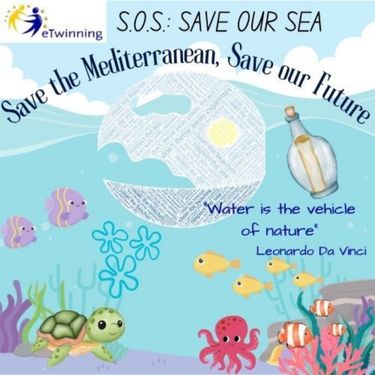Tapping into Learners’ Creativity through Poetry
When learners are given
the chance to play with words, poetry becomes a doorway to creativity itself.
Poetry is not just about rhyme—it’s about voice,
imagination, and seeing the world through fresh eyes. When learners are invited
to create simple yet powerful poetry forms—like cinquains, list poems,
5W poems, or two-voice poetry, to mention but a few—something
wonderful happens: their creativity awakens. Suddenly, words become paint, and
the classroom turns into a canvas where ideas and feelings take shape.
By connecting these poetry
activities to themes from the curriculum, students discover that poetry isn’t something
extra or separate: It’s a way of living their learning! They
also realize that such kind of poetry writing isn’t something unfeasible. A description of the characteristic parts of
their neighbourhood or city can transform into a flowing cinquain; Romeo and
Juliet’s story might inspire a two-voice poem between the legendary figures;
even a list poem about items in their wardrobe can bring out the wonders of new
vocabulary in a foreign language.
The benefits are
countless:
·
Creative Expression: Students find
personal, imaginative ways to engage with classroom topics.
·
Language Development: Playing with words
enriches vocabulary, structure, and fluency.
·
Critical Thinking: Condensing big
ideas into short forms promotes clarity and focus.
·
Confidence: Even hesitant writers manage
to contribute as they see that poetry
can be short, simple, and still deeply meaningful.
·
Joy in Learning: Poetry taps into emotion
and playfulness, making the curriculum come alive.
At its heart, poetry
empowers learners to see that knowledge is not only something to be studied—it
is something they can shape, reimagine, and express in their own words.
And when that happens, learning stops being a task and becomes an adventure.
Below you can have a look at a presentation of various
types of poems that have been implemented in my classes from 3rd to
6th grade. They are followed by the worksheets that the students
were provided with and a couple of samples in each category regarding learner output.
The majority were carried out over the school year 2024-25 with the exception
of some, which were carried out one or two years earlier.
Take a look and let the ideas spark new adventures in
your classroom!
Prompting young EFL learners to write poetry από Theofani Iatropoulou




























